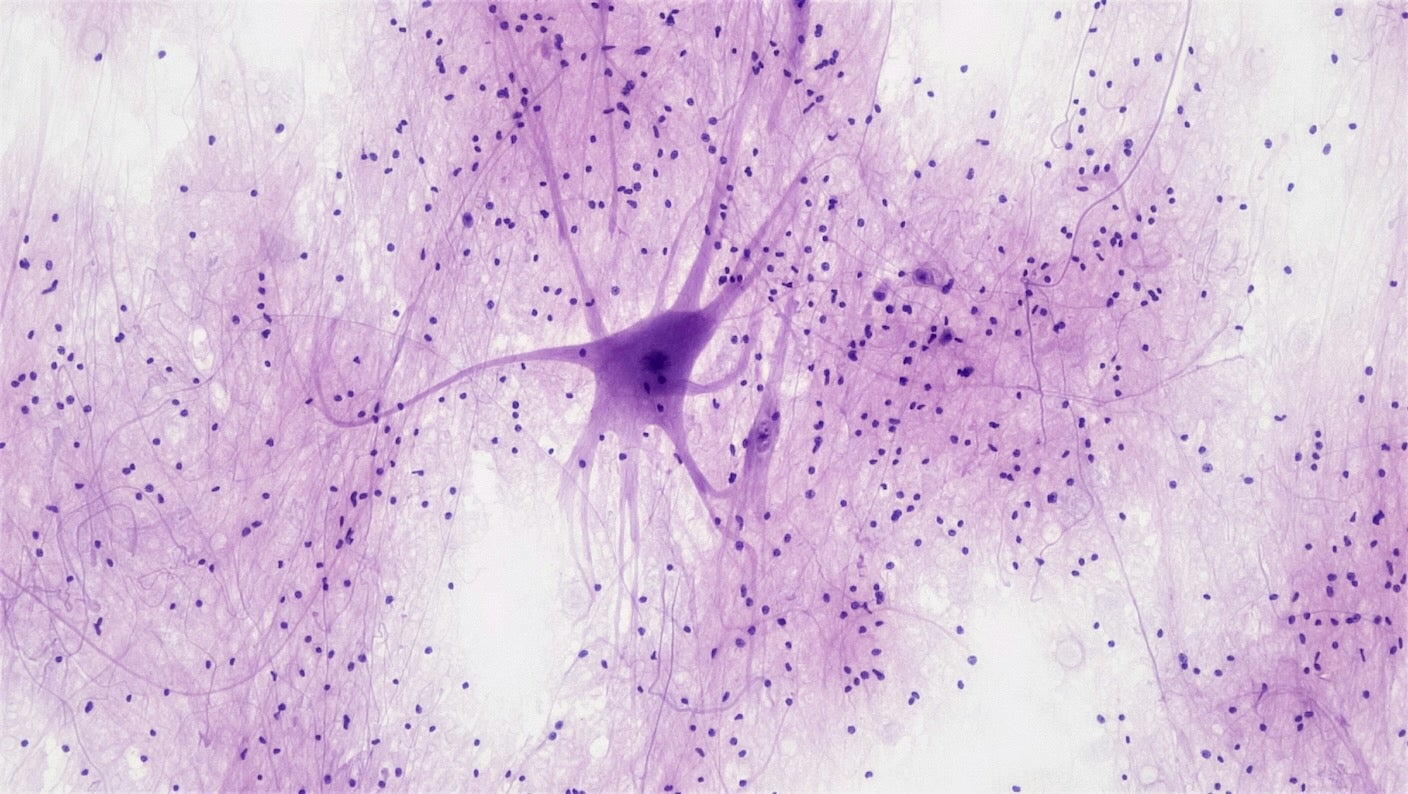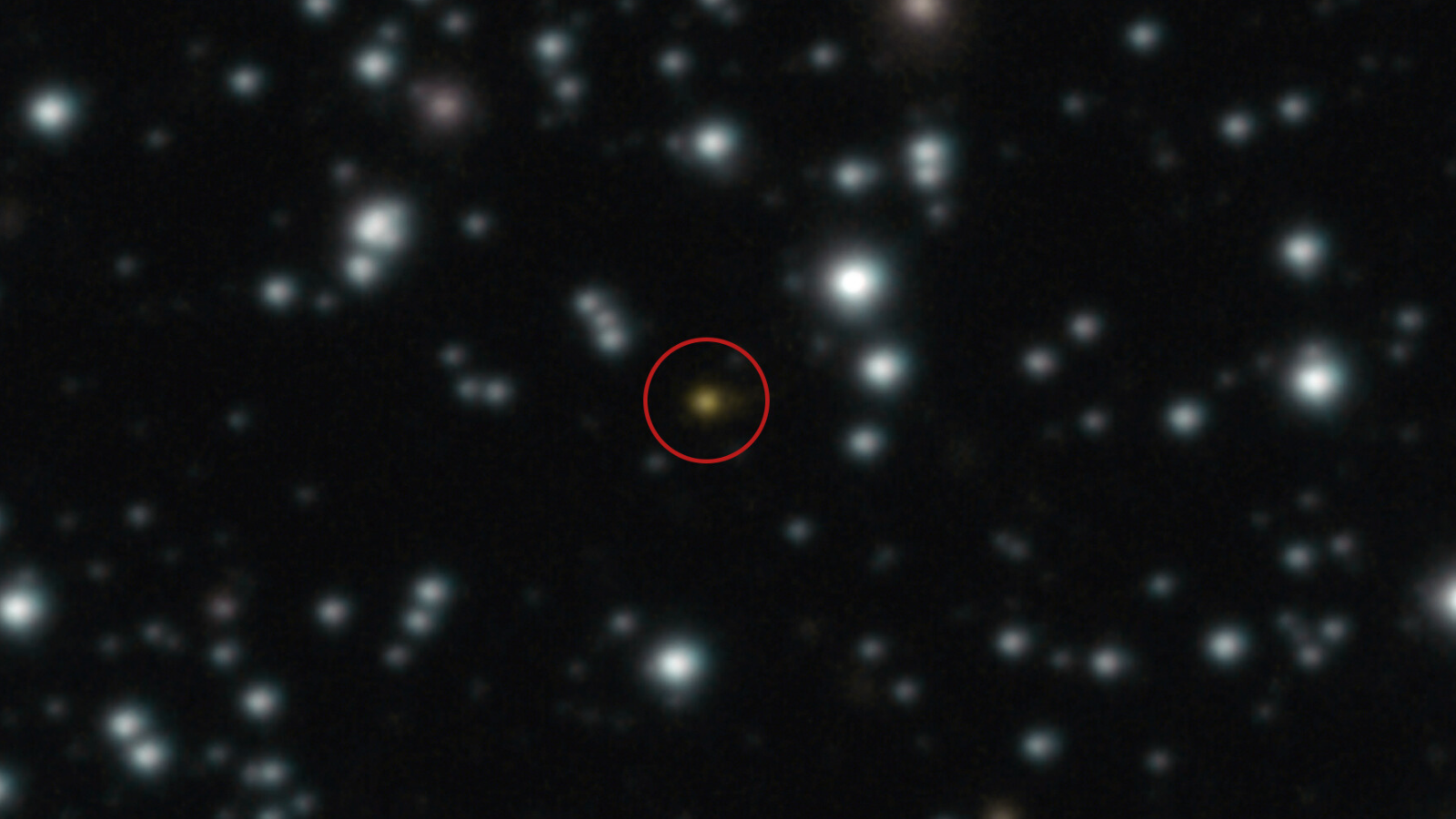Fossil Evidence of Cancer Found in Dinosaurs

In a remarkable breakthrough, scientists have unveiled that dinosaurs, the colossal rulers of the Earth during the prehistoric era, were not exempt from the diseases that afflict modern animals, including cancer. This significant discovery centers around the fossilized remains of a duck-billed dinosaur known as Telmatosaurus transsylvanicus, which roamed the Earth approximately 70 million years ago. The fossils, unearthed in what is now Romania, revealed compelling evidence of a benign tumor, specifically an ameloblastoma, which is a type of jaw tumor commonly observed in humans today. This finding not only adds a fascinating chapter to our understanding of dinosaur biology, but it also establishes a rare and intriguing connection between the health of ancient creatures and modern human medicine.
The research team, comprising scientists from Imperial College London and Anglia Ruskin University, utilized high-resolution imaging technologies to meticulously analyze the fossil remains of Telmatosaurus transsylvanicus. Their analysis confirmed the presence of ameloblastoma, marking this as one of the clearest and most scientifically validated instances of cancer found in dinosaurs to date. The resemblance of this tumor to those found in today's humans carries profound implications. It suggests that diseases such as cancer may have ancient biological roots, with evolutionary histories that stretch back millions of years, offering fresh perspectives on how these diseases have evolved over time.
During their examination, researchers employed scanning electron microscopy (SEM), a technique that provides detailed images at a microscopic level. This advanced imaging revealed structures resembling red blood cells and preserved proteins within the fossil, a finding that is particularly extraordinary given the specimen's great age. While genetic material such as DNA typically degrades over time, proteins can endure, presenting new opportunities for scientists to delve into the biology of ancient life.
The implications of this research extend beyond paleontology; they may significantly influence the field of medicine. Understanding how prehistoric creatures like dinosaurs coped with diseases could offer insights into the development of new cancer therapies. It is theorized that these ancient species may have evolved unique mechanisms for suppressing cancer, which could inspire innovative approaches to treat the disease in humans today.
This study also underscores the critical importance of fossil conservation. As advancements in molecular science continue to progress, ancient remains possess the potential to answer pressing medical questions that we face in modern times. Justin Stebbing, a co-author of the study, emphasized this point, stating, “We need to ensure these specimens are preserved for ongoing research.”
Ultimately, this discovery serves to bridge the realms of paleontology and contemporary medical science. It illustrates that the study of ancient life is not merely a pursuit of understanding the past; it may also play a pivotal role in shaping the future of our understanding of diseases and their treatments. As scientists apply more sophisticated techniques to analyze additional fossils, there is hope for uncovering even deeper insights into the hidden health histories of Earth’s most ancient inhabitants.



























